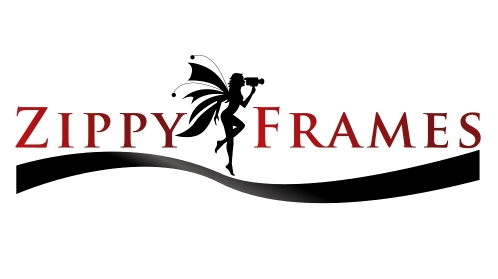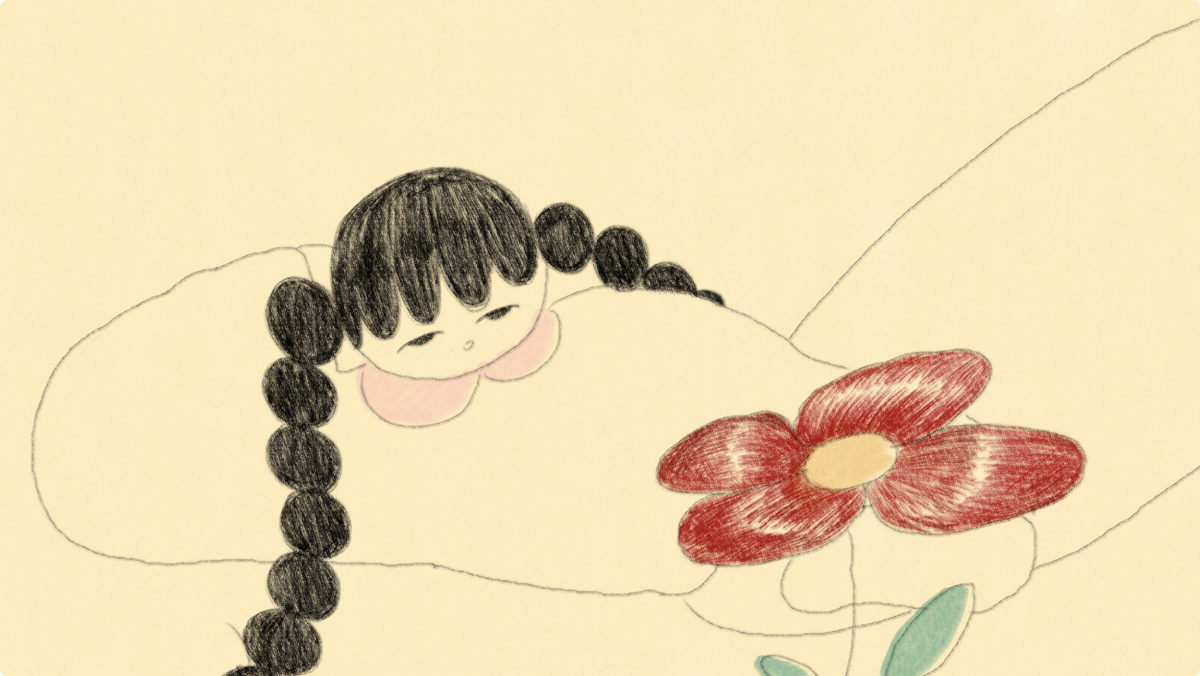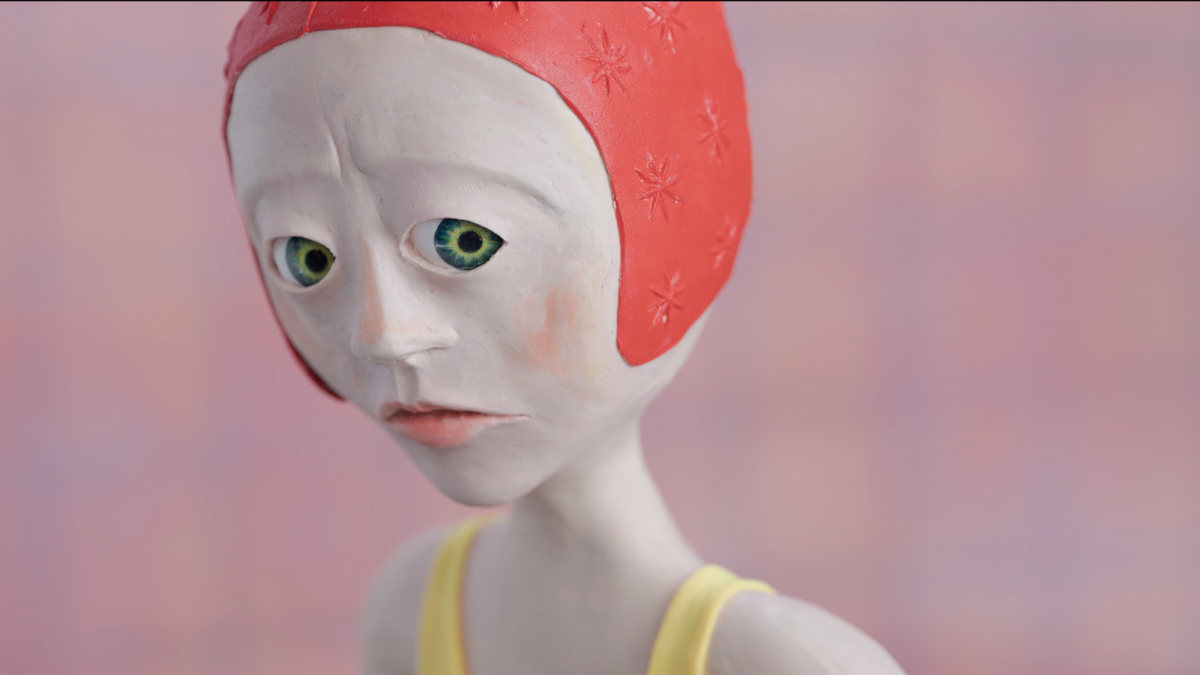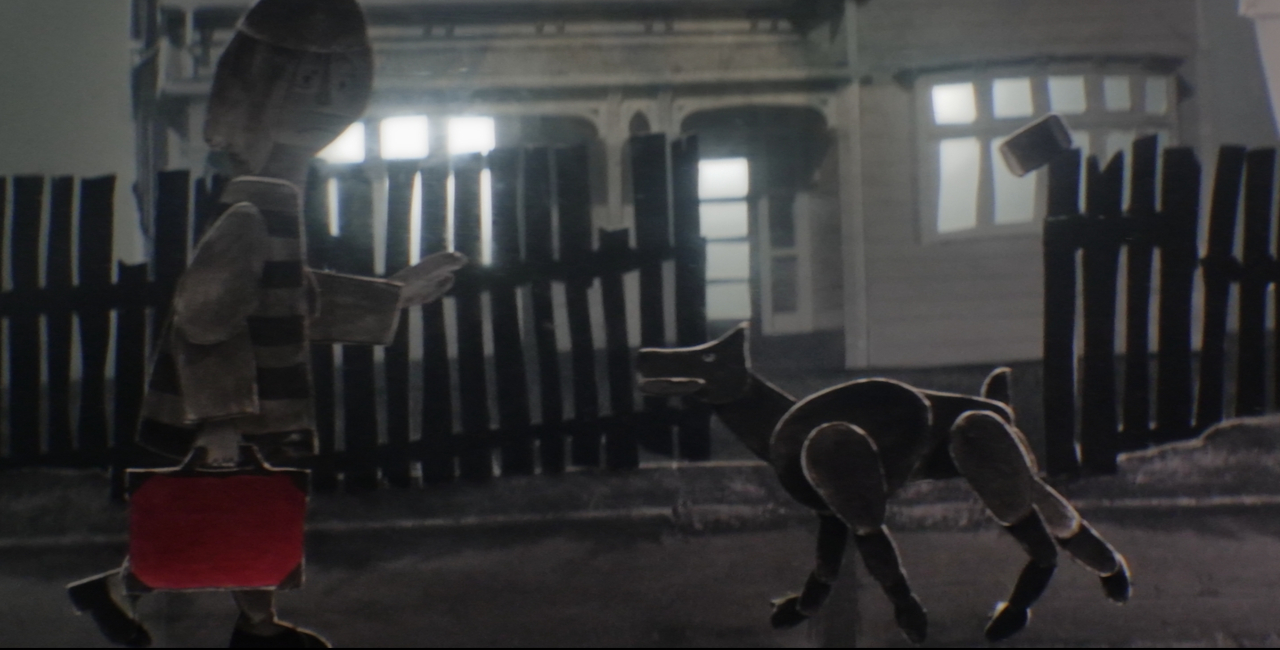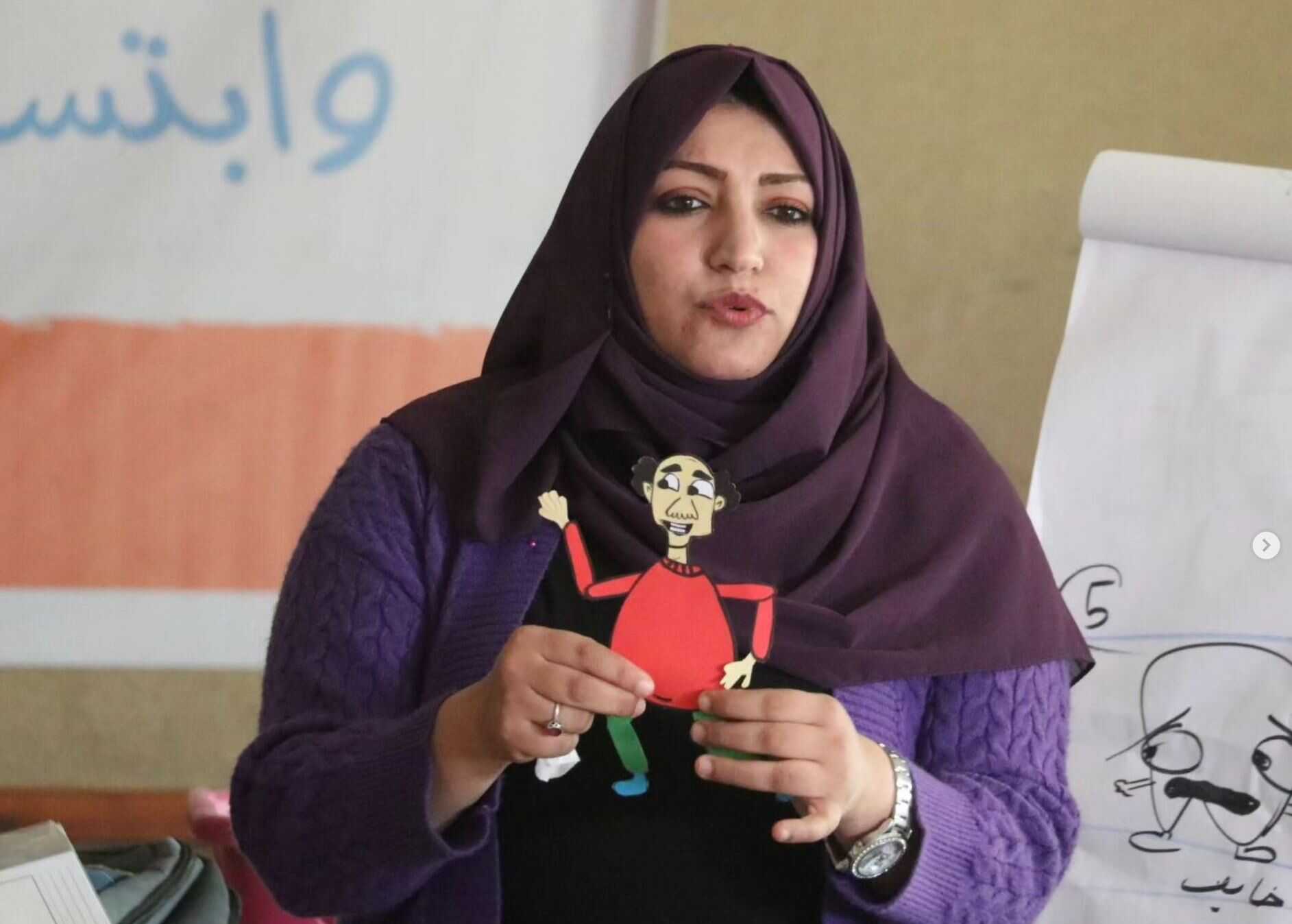Independent Animation Shorts
'Made for Duty Overseas' by Katie King
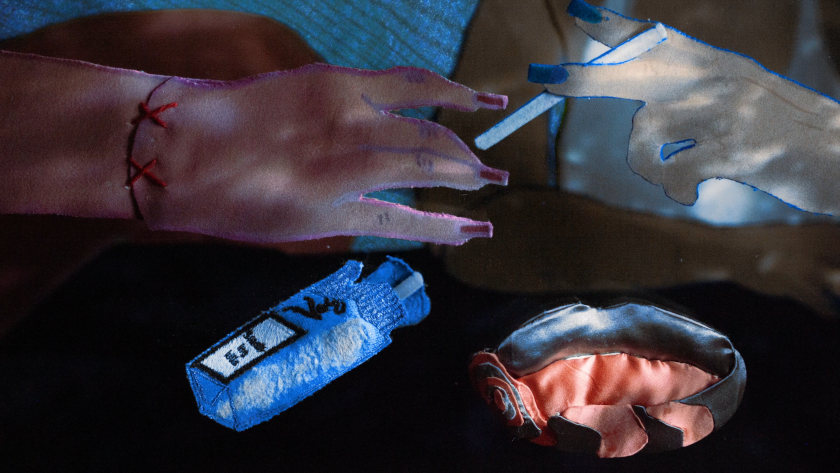
Katie King’s short animation film, 'Made for Duty Overseas', is a very original animation film, with striking tactility due to being made using fabric techniques. Based on a real-life encounter with a woman involved in political activism, whilst staying at a hotel in Sri Lanka, the film has a mysterious and quirky sensibility.
In an interview, Zippy Frames asked Katie to tell us more about her practice:
ZF: Can you tell us about your use of fabric and textile processes for animation?
KK: I am drawn to fabric puppets that mimic what is, in real life, a hard object - such as making the moon from quilted textiles. I also love the way fabrics interact with light, like the glow of bounced light off silk. I began my artistic journey with textiles before moving into animation, so I feel at home working with fiber. Animation has birthed a new freedom in this relationship, as I can now play with form in 2.5D, using my multiplane - a structure built from layered glass.
ZF: How do you feel these techniques affect how your work is received?
KK: The artist Kiki Smith said in an interview that when she works with material she lets it tell its story to her, and follows what it tells her. Fabric and textile processes are a loaded medium. The way people connect to them often comes with personal associations, be that nostalgia (through seeing women in their family as textile practitioners in some form), therapeutic, craft-based, ecological, political - and so much more. Often physical mediums are written into the story as an additional character.
ZF: What specific challenges have you faced in animating with fabric? And what does the textile approach bring to the narrative in how it may be perceived?
KK: This past year I have been experimenting with organza for a new film I’m developing (Not Everyone Will Be Taken Into The Future) and building up layers, which requires a lot of patience to keep the smaller layers in place. Where the velvet produces a very solid image with shadows and vivid color and texture, the organza tests I have been doing are much softer, and hint more at the interior emotions of the character I’m making.
ZF: Can you tell us about your exhibition ‘Half Bambi, Half Cow’ at Wilton Way Gallery, in London Fields? It sounds like an intriguing mix of fabric animation and projection.
KK: Half-Bambi, Half-Cow [Katie’s exhibition at Wilton Way Gallery, in London] has been an opportunity to further reflect on the particular female character I write stories about. She’s not fully a Femme Fatale, nor is she a New Woman. She’s somewhere in that ironic gap in between. Each of the physical textile works in the show reflects on this persona, either with a direct reference to Made For Duty Overseas which is screening inside the gallery, or taking the story further; imagining what kind of objects you’d find in her bed, asking where she comes from, and what stories does she tell us about womanhood? Animation is such a powerful medium to me because in five minutes or less a director can make a huge point under the guise of being very small. It’s one bullet rather than a thousand knives.
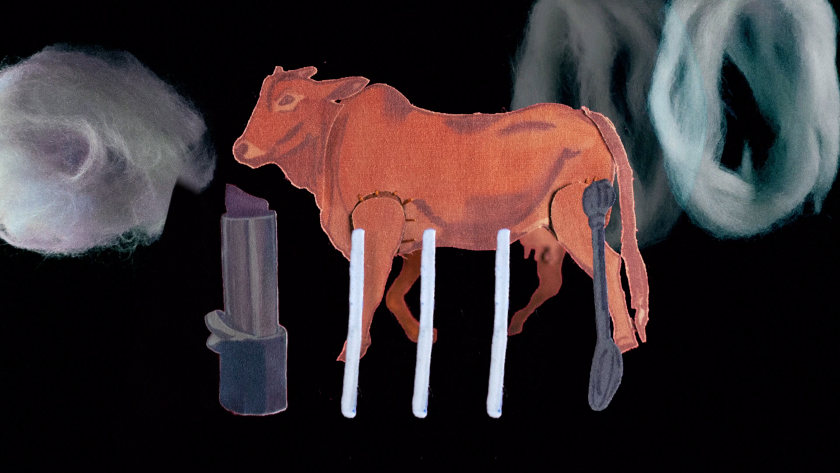
ZF: Can you tell us more about exploring feminine identity through your work?
KK: Saba Mahmood’s Politics of Piety, though an unlikely reference, had a big effect on my personal feminism: freedom doesn’t necessarily mean resistance to norms. Agency can also come by leaning into norms and taking up space, which often defies easy characterization. This is what the woman who inspired my film was doing in real life. Ultimately, I’m interested in experiences that are aesthetically pleasing but morally questionable alongside how the presence of femininity can lend itself to creating something softer. Smoking is a really obvious example of this existing in my work.
My new project, which I’m writing with Sorcha O’Sullivan again, is riffing from gangster films in order to explore one of the most sacred of female experiences. My approach is to repackage something sensitive, working around the seriousness either by humor or using associations that carry the burden of what I want to say without getting me into too much trouble.
Watch 'Made for Duty Overseas'
Film Review (Joseph Norman):
The film is distinctive due to the sensuality of its fabric and stop-motion processes, made using a fusion of cut-out fabric and old photographs providing backdrops. Opening with a juxtaposition of historic photos of everyday life in Sri Lanka with hand-sewn elements on top, a strange discordant atmosphere starts to build – possibly pre-empting the mystery surrounding the stranger who will later be met at the hotel pool.
The narrator’s character, roughly cut-out and handstitched, feels doll-like, and suggests a slightly fetishistic quality. Smoking is a constant trait throughout the film, and smoke seems to have several functions within the visual narrative. As smoke wafts it connects the story, a soft, sensual element whose shape is unpredictable, in parallel with human connection. Certain wafts of smoke start to feel bodily as they become pink and change shape, mouthlike, pulsating. As the smoke swirls it connects memories across space and time, wafting, suspended throughout the story, enhancing this surreal atmosphere. Sensual intrigue pervades the film, as the characters share menthol cigarettes, hands touching their own lips, accompanied by the deadpan delivery of the narrator - the imagery is both grotesque (in the formation and quivering movement of their lips) and also possesses dark humor at its core.
This surreal approach extends into the environment functioning as a character – an ashtray resembles the lips of a woman as she smokes, and a toilet cistern hints at a world of espionage and leakage. The use of fabric production processes situates the work in the context of feminist art practice, challenging female stereotypes, and pushing back against the expected norms available to female protagonists. Katie King has previously spoken about her approach as a ‘trying on’ different characters which both draw from and redefine female stereotypes.
Working with textile processes raises questions about gender-defined roles. The fabric gives the surface of the film a sense of bodily softness and intimacy of clothing and also brings its own memories as worn clothing and nostalgia for childhood.
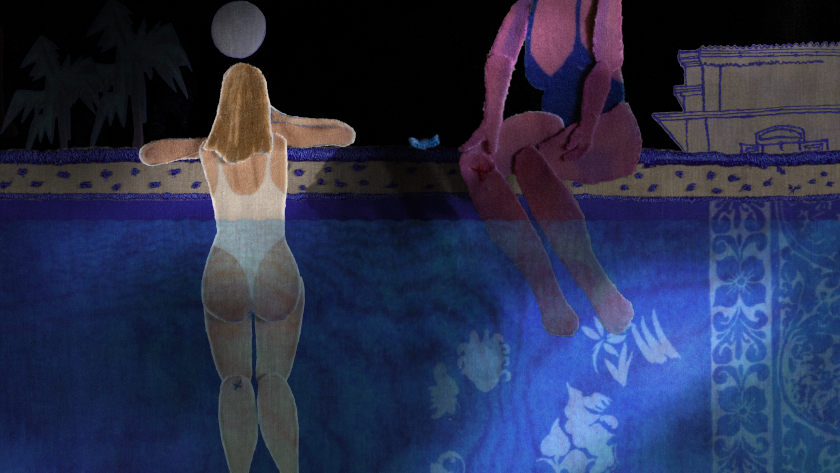
About Katie King:
Katie King is a London-based artist from Glastonbury, Somerset. She creates animated moving-image and textile-based works from her studio in Hackney. King graduated from the Royal College of Art's Animation MA and holds a bachelors in Religion, Philosophy & Ethics from King's College, London. Her film Made For Duty Overseas (2023) premiered at Pöff and won Best Animation at Film Maudit 2.0 2024 in Los Angeles, also placing as runner-up at the London Short Film Festival 2024. King was a resident at La Jachere residency in 2024 and is currently presenting her first solo show, Half-Bambi, Half-Cow, at Wilton Way Gallery until 20 December.
contributed by: Joseph Norman
